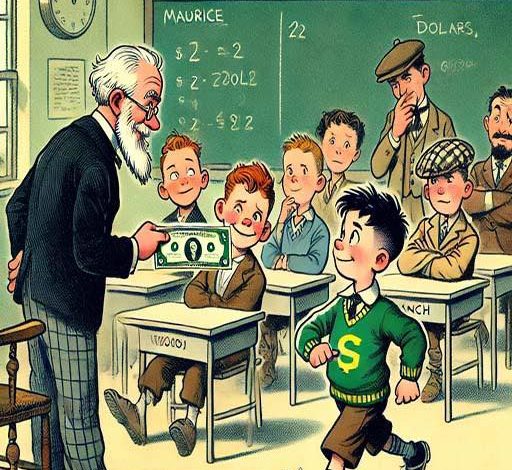The Right Answer

In a lively classroom, a teacher eager to spark a historical discussion posed an intriguing question to her young students.
“I’ll give two dollars to the child who can tell me who the most famous man in history was,” she announced, her eyes scanning the eager faces in front of her.
Immediately, an Irish boy named Sean raised his hand with confidence. “It was St. Patrick!” he declared enthusiastically.
The teacher smiled kindly but shook her head. “Sorry, Sean, that’s not correct,” she said gently, encouraging him to keep thinking.
Next, a French boy named Pierre raised his hand, his voice filled with national pride. “It was Napoleon!” he answered.
Again, the teacher offered a polite correction. “I’m sorry, Pierre, that’s not the right answer either,” she said, acknowledging the significance of the figures mentioned while hinting there was a more widely recognized name.
The classroom grew quiet as the children considered the question. Then, a hand slowly rose from a Jewish boy named Maurice. When the teacher called on him, he answered thoughtfully, “It was Jesus Christ.”
A warm smile spread across the teacher’s face. “That’s exactly right, Maurice! Come up here and I’ll give you two dollars,” she said, pleased with his answer.
As Maurice approached to collect the money, the teacher, slightly surprised, remarked, “You know, Maurice, I was a little surprised you said Jesus Christ, considering you’re Jewish.”
Maurice accepted the money with a wry smile and replied, “Yes, I knew it was Moses—but business is business.”
His candid response drew a chuckle from the teacher, offering a lighthearted moment and a humorous take on youthful pragmatism.



